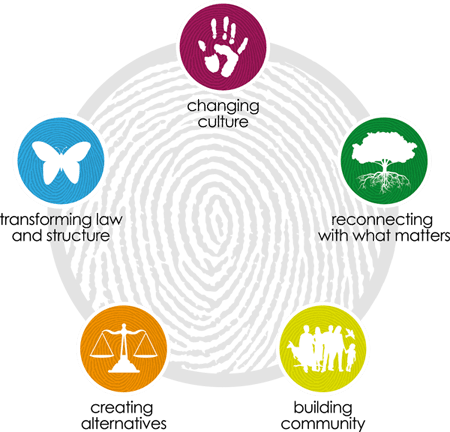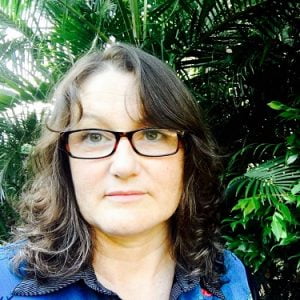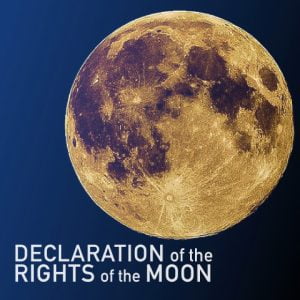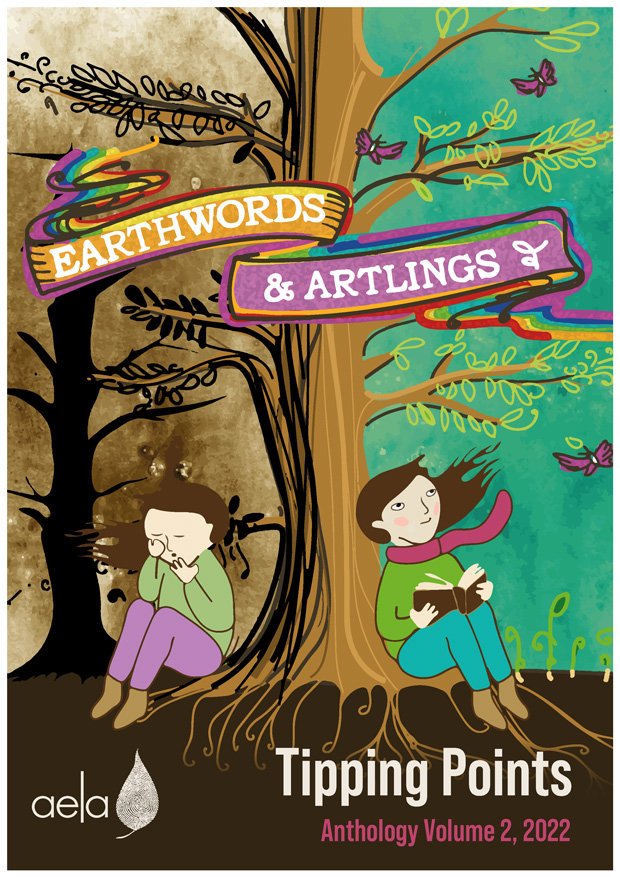In the year 1986, Australian environmentalist John Seed and North-American activist Joanna Macy joined forces to create a ritual known as "The Council of All Beings." This practice draws inspiration from Deep Ecology principles and indigenous wisdom. It serves a powerful purpose: to rekindle the intrinsic connection between humans and the non-human world. The core mission of the council revolves around elements such as empathy, honouring the pain for the world, empowerment, and action.
The council invites participants to take on the perspective of non-human beings, transcending human-centric views. During the ceremony, people are invited to adopt the identity of a specific being, whether a tree, animal, river, or any element of the ecosystem. Humans cannot be part of the Council.
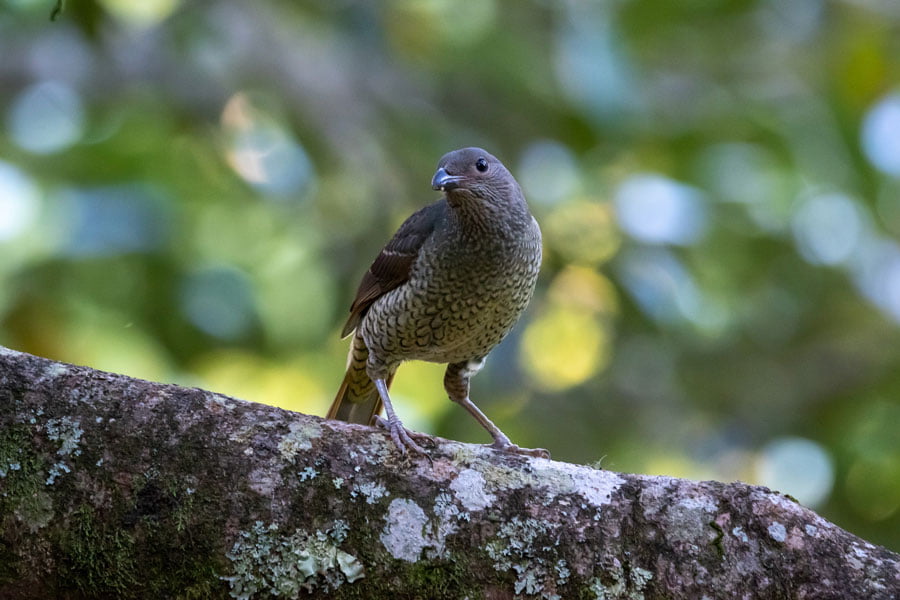
Female Satin Bowerbird (Ptilonorhynchus violaceus). Maiala, D'Aguilar National Park, Queensland. © James K Lee.
Guided by facilitators, they immerse themselves in the essence of their chosen being, seeking to understand its unique role and significance in the intricate web of life. In this empathetic exploration, the barriers between self and nature begin to dissolve, and a deeper awareness of interconnectedness emerges.
The Council of All Beings encourages participants to voice their experiences and insights from the perspective of their chosen being. Through role-playing and storytelling, attendees express the challenges faced by their adopted entities in the face of environmental degradation, deforestation, and human encroachment. The ceremony becomes a powerful forum for witnessing the collective impact of human actions on the natural world and acknowledging humans’ responsibility as inhabitants of the Earth.
As the council continues, empathy and compassion blossoms among participants. The experience of "being" another entity cultivates respect for the richness and diversity of life forms. The other-than-humans also share information about their gifts hoping that humans will benefit from it and be able to transform the reality of destruction. For instance, a flower may share their ability to create beauty. An elephant may share the gift of strength, the waters may inspire people to follow the flow and to adapt to different situations.
As the ritual goes, people begin to grasp the intrinsic value of nature beyond its utility for human needs, sparking a transformative shift in consciousness towards a more ecocentric worldview.
The Council of All Beings transcends the boundaries of a mere ritual; it becomes a catalyst for action. Participants, now deeply attuned to their ecological selves, often emerge with a newfound commitment to environmental advocacy. Inspired by their communion with nature, they carry the wisdom and urgency of the council into their lives, workplaces, and communities, striving to influence positive change and protect the ecosystems that sustain us all.
"The Council also provides tools for practicing Deep Ecology in our daily lives. We see that the pain of the Earth is our own pain and the fate of the Earth is our own fate. It empowers us to act on behalf of the Earth and gives us clarity and direction. In the same fashion it clarifies and orders our patterns of consumption, our needs for intimacy and support, and our priorities for action," states John Seed.
Thanks to The Council of All Beings, participants gain valuable insights into the ecological crises we face and the urgent need for ecological consciousness. As the council disperses, it leaves in its wake a trail of compassionate environmentalists ready to advocate for the protection and preservation of our shared planet. The council reminds us that, in the intricate web of life, we are but one strand, and our survival and flourishing are intrinsically tied to the well-being of all beings on Earth.














